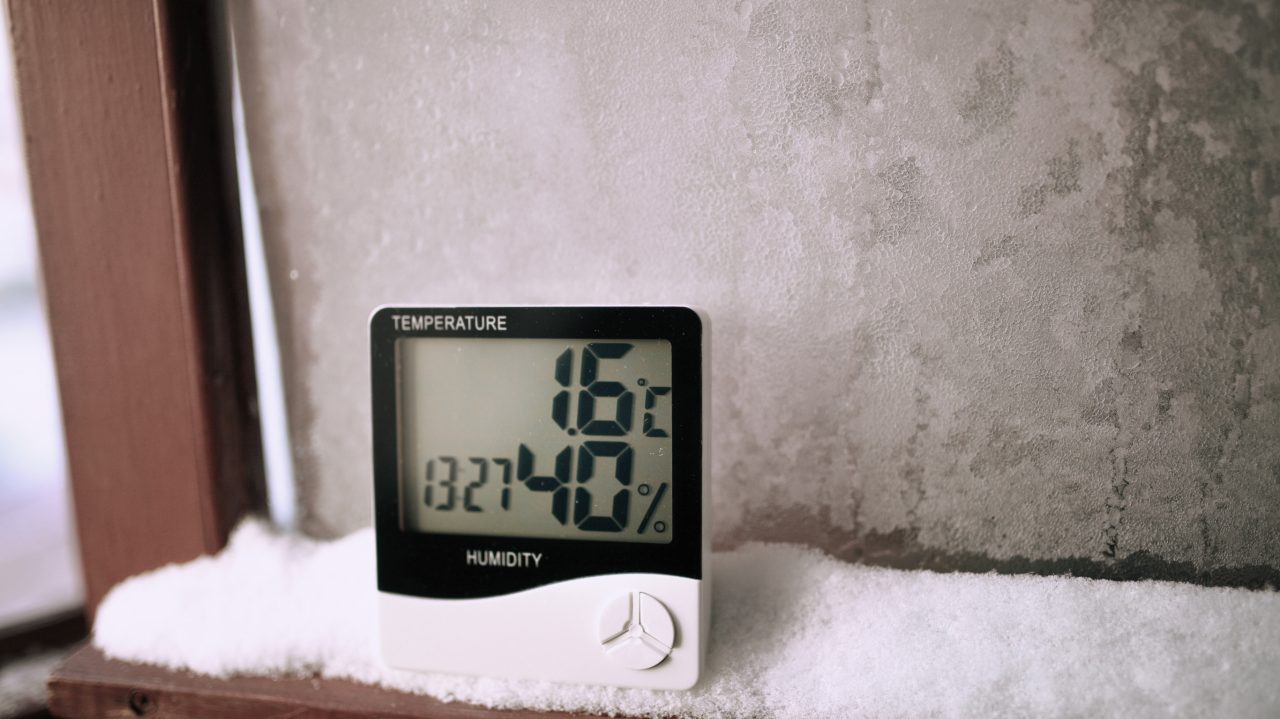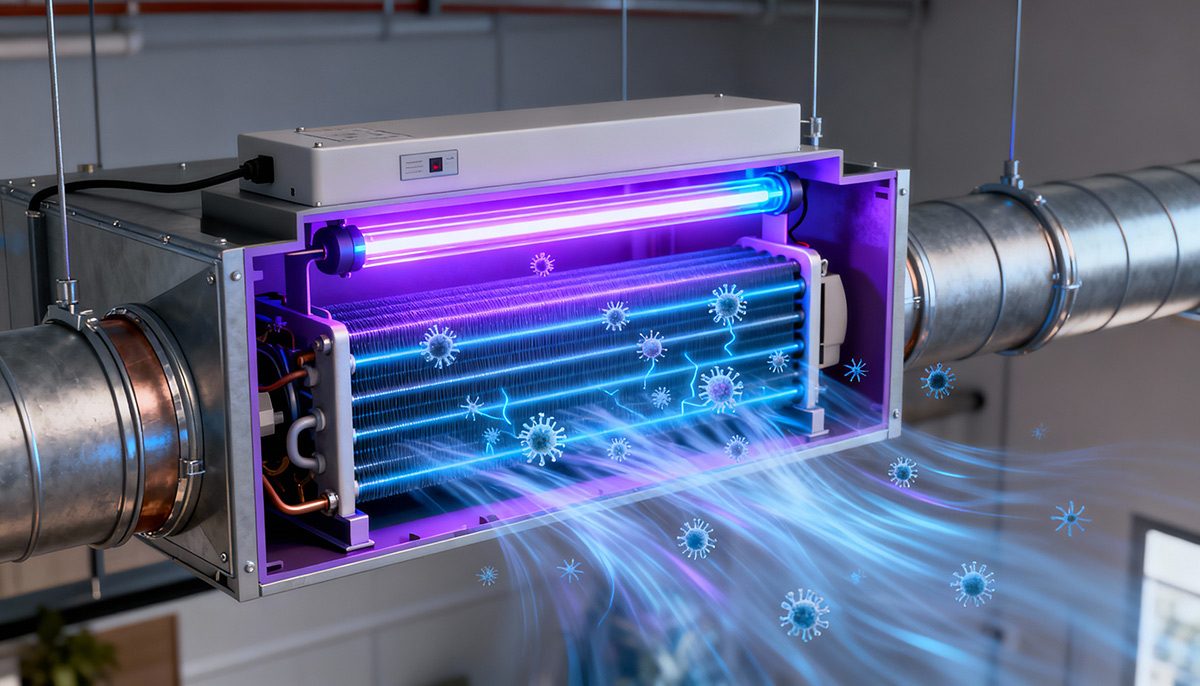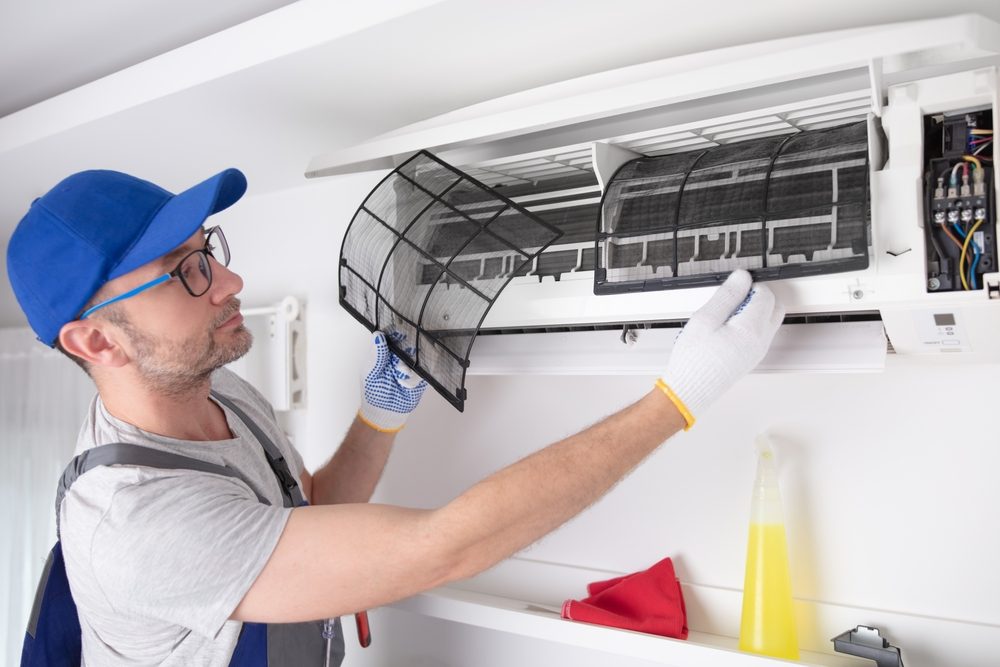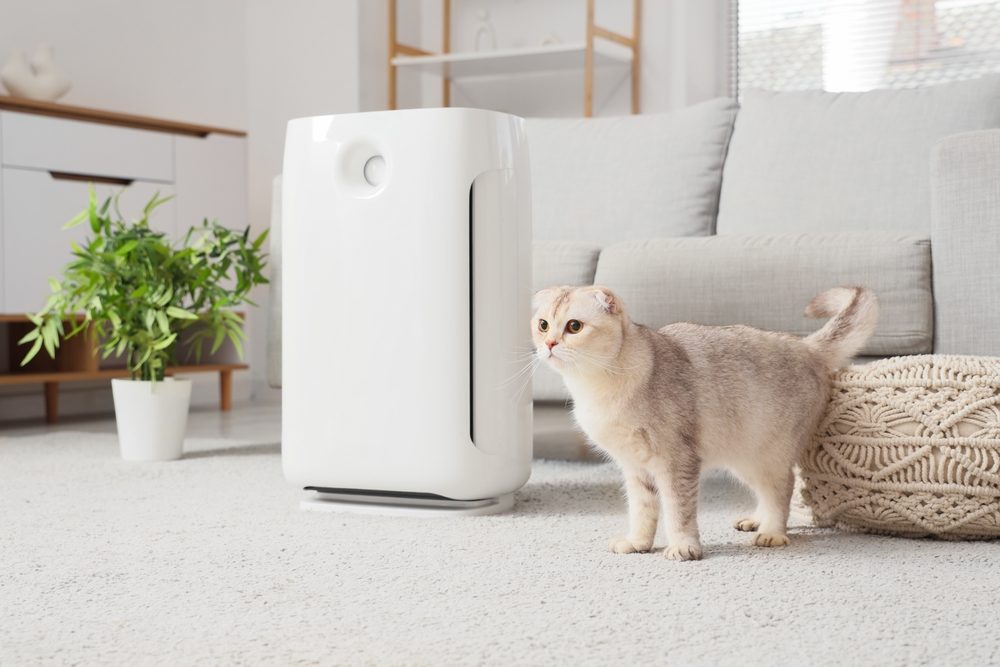
Maintaining the right humidity level in your home is essential for comfort and health. Whether it’s preventing mould growth, protecting wooden furniture, or simply creating a pleasant living environment, understanding and managing indoor humidity can make a significant difference. But how can you accurately measure it?
In this article, we’ll explore the tools you can use to measure humidity, provide a step-by-step guide for doing so, discuss factors that influence indoor humidity levels, and offer practical tips to manage humidity.
Tools for Measuring Indoor Humidity
Let’s start by looking at tools and techniques you can use to monitor humidity in your space.
Ice Cube Test: Fill a glass with ice cubes and a small amount of water, then wait a few minutes. Check the outside of the glass. If water droplets form, it indicates high indoor humidity. If no condensation appears, your air might be too dry. While this method can provide a rough idea, it doesn’t offer precise measurements, making it insufficient for detailed monitoring.
Hygrometers: Hygrometers measure the moisture in the air and provide readings of relative humidity. Digital hygrometers are widely available and ideal for both residential and commercial settings. Many models display both temperature and humidity. Place the hygrometer in the desired area, wait for the reading to stabilise, and check the display.
Wet and Dry Bulb Thermometer Method: Wet the wick on the wet bulb thermometer, then swing the psychrometer in the air for a few minutes. Record the temperatures from both thermometers and use a psychrometric chart or an online calculator to determine relative humidity.
Digital Humidity and Temperature Dataloggers: These devices can record thousands of data points, making them suitable for settings like HVAC systems, greenhouses, storage areas, and laboratories. Most dataloggers come equipped with USB ports for data transfer, alarm systems to flag extreme readings, and intuitive interfaces. They allow users to track maximum and minimum humidity levels over specific periods.
How to Measure Indoor Humidity: Step-by-step
Follow these simple steps to monitor humidity levels effectively:
Step 1: Choose the Right Tool: Decide on the device or method that suits your needs. A digital hygrometer is the most reliable and easy-to-use option, but you can also use a psychrometer, datalogger, or even the ice cube method for a quick estimate.
Step 2: Position the Tool Correctly: Place your chosen device in the area you want to measure. For digital hygrometers, ensure the sensor is exposed to the air and not obstructed by furniture or walls. Avoid placing it near sources of heat, cooling, or moisture, such as radiators, air vents, or sinks, as these can skew readings.
Step 3: Allow Time for Stabilization: If using a digital hygrometer or psychrometer, give the device a few minutes to stabilise and adjust to the indoor conditions. For manual methods like the wet and dry bulb thermometer, ensure the process is completed thoroughly.
Step 4: Take the Reading: Once the tool has stabilized, note the humidity reading displayed on the device. For psychrometers, use the temperatures recorded on the wet and dry bulbs to calculate relative humidity using a psychrometric chart or an online tool.
- Step 5: Record and Monitor Over Time: For a comprehensive understanding of your indoor humidity levels, take multiple readings at different times of the day and in various areas of your home. If using a datalogger, download and analyse the recorded data to identify trends or fluctuations.
Factors that can influence indoor humidity levels
Let’s move on to the key causes of humidity in your indoor environment.
Weather and Climate: Outdoor weather plays a significant role in influencing indoor humidity. In regions with high temperatures, heavy rainfall, or consistently high outdoor humidity, moisture can easily seep indoors.
Poor Ventilation: Inadequate ventilation traps moisture from indoor activities within the building, causing humidity levels to rise. This trapped moisture can also lead to an accumulation of allergens and bacteria, potentially contributing to health issues like sick building syndrome, where occupants experience allergy-like symptoms.
Humidifier Usage: Humidifiers are valuable for increasing moisture in dry environments, but improper or excessive use can lead to overly humid conditions. Ensuring humidifiers are used correctly and monitored can prevent this from becoming problematic.
Indoor Plants: Indoor plants improve air quality by acting as natural purifiers, but they also release moisture through transpiration. If you have a large number of plants in a confined space, they can contribute to higher humidity levels.
Occupancy Levels: The number of people in a space affects its relative humidity, as breathing and perspiration release moisture into the air. Crowded spaces are more likely to experience higher humidity.
- Household Activities: Daily activities such as cooking, showering, and laundry add moisture to the air. When these activities are combined with poor ventilation, humidity levels can quickly rise, leading to discomfort and potential issues like mould growth.
Tips for Controlling Indoor Humidity
Here are four practical tips to help you tackle high humidity:
Use Exhaust Fans Effectively: Bathrooms and kitchens are common sources of excess moisture due to activities like showering and cooking. Run exhaust fans during and after these activities to remove humid air. If you don’t have a fan, open a window slightly to improve ventilation.
Take Shorter, Cooler Showers: Long, hot showers release significant amounts of steam, which increases indoor humidity. When possible, go for cooler, shorter showers.
Fix Plumbing Leaks Promptly: Leaky pipes or faucets can add excess moisture to the air and lead to condensation or water damage. Regularly inspect your plumbing for leaks, especially in hidden areas like under sinks or behind walls.
Dry Laundry Outdoors: Drying laundry indoors can release a substantial amount of moisture into the air, contributing to high humidity. Whenever possible, hang clothes outside or use a well-ventilated area.
Get a Dehumidifier: A dehumidifier is a highly effective tool for controlling humidity, especially in areas prone to dampness like basements. These devices pull excess moisture from the air and are easy to use. Be sure to regularly empty the water collection tray and monitor your home’s humidity levels for long-term improvements.
About Daikin
For nearly a century, Daikin has perfected the art of conditioning spaces. While designing air systems is grounded in science, the ability to refine, purify, and create a comfortable environment is truly an art. Daikin’s approach prioritizes energy efficiency, conserving resources, and reducing emissions, while our durable systems and grills promote sustainability by minimizing waste.
Daikin stands as the global pioneer and leader in the HVAC and refrigeration industry, driving innovation and sustainability across an extensive product range, including air conditioning units, grills, chillers, VRV systems, air handling units (AHUs), fan coil units (FCUs), controls, pumps, and comprehensive service and parts support. Through this, Daikin meets and exceeds the needs of residential, commercial, and industrial applications.
At the core of our philosophy is the belief in the infinite potential of people – and we are constantly working towards a future where comfort and environmental responsibility coexist harmoniously. We are proud to employ over 98,000 people, operating in over 170 countries with a global network of 115 factories. In FY23, Daikin generated net sales of USD 30bn.
Daikin’s emphasis on pioneering solutions reflects our understanding of the crucial role air quality plays in all our lives. By safeguarding the future of our planet’s air, we are committed to enhancing the environment for future generations. Contact Daikin today to learn more about our state-of-the-art air conditioning systems.



